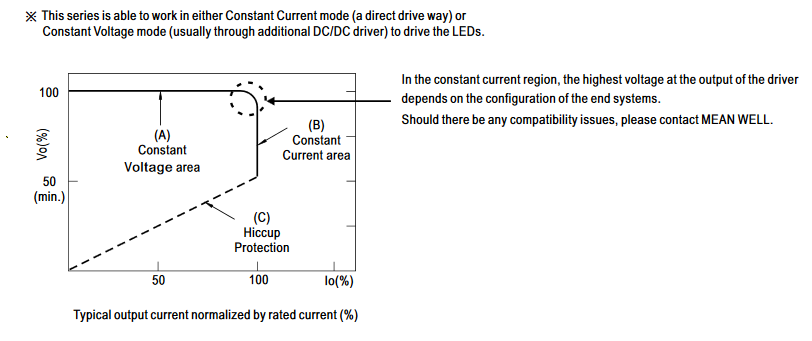I purchased, I believe, the wrong power supply for my purposes, but I'd like to understand a few aspects of its specs: https://www.meanwell.com/webapp/product/search.aspx?prod=ELG-200&mws=8519DC592A6AAA18
This unit appears to have no way to adjust the constant voltage aspect - so am I correct that this will never output above 24V, even if I were to hook up several LED strips in series (each one with an operating range of 23-24v) - so what is the purpose? I can hook up my LEDs in parallel, but then the constant current aspect seems wasted?
In the INPUT section, it says lists 142 ~ 431VDC - what does this mean? This power supply can handle both AC and DC input?



